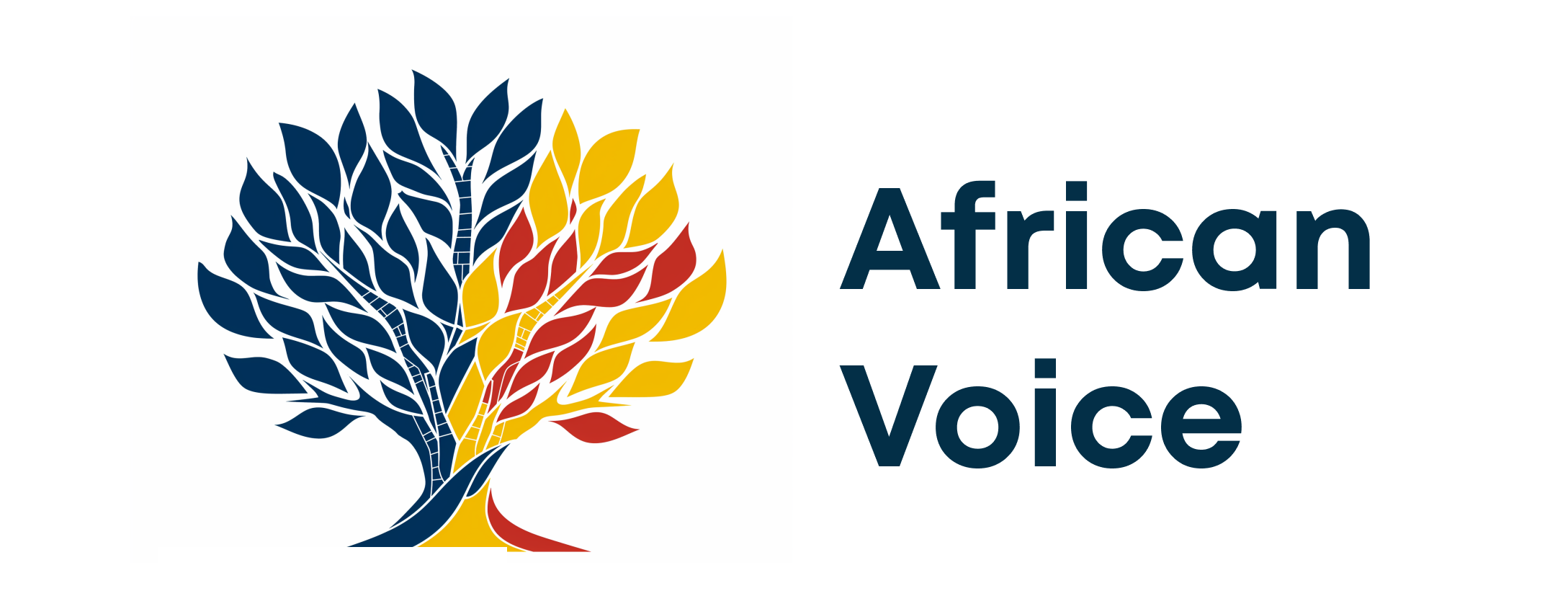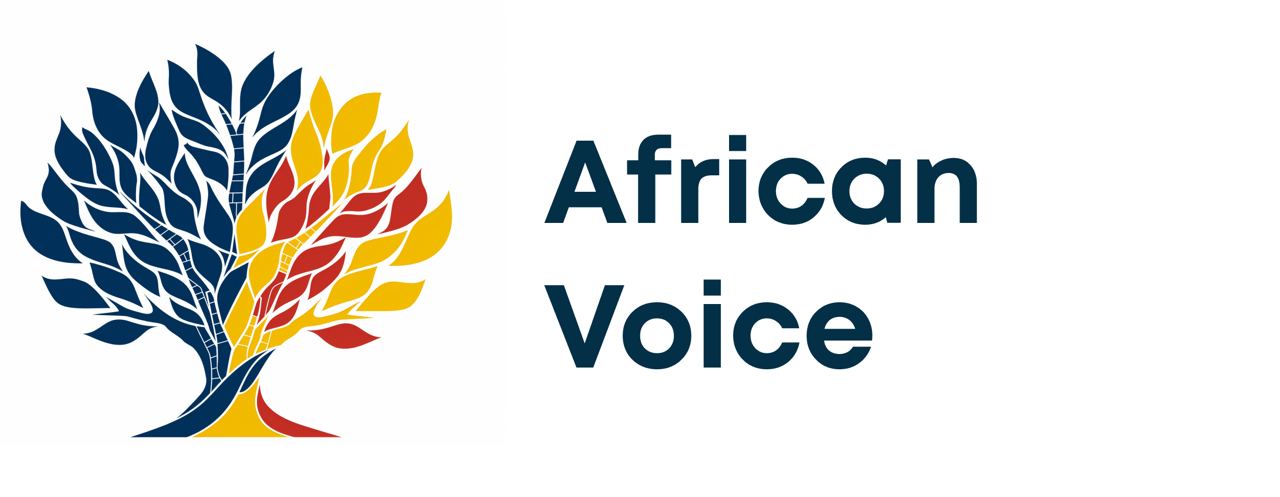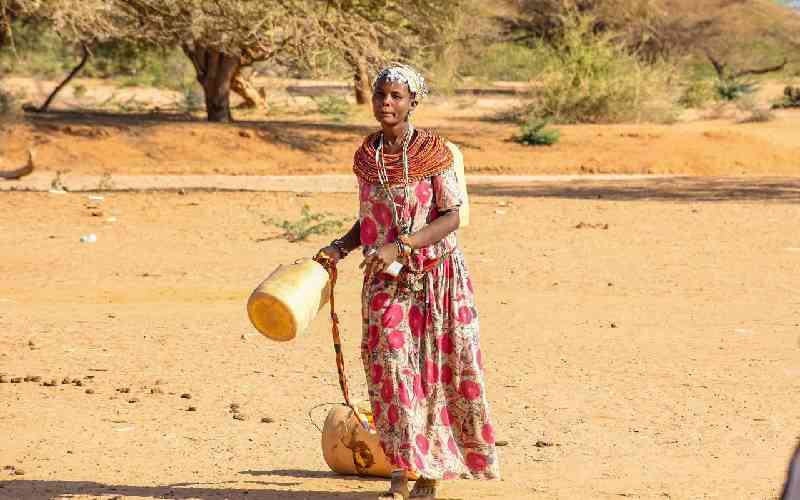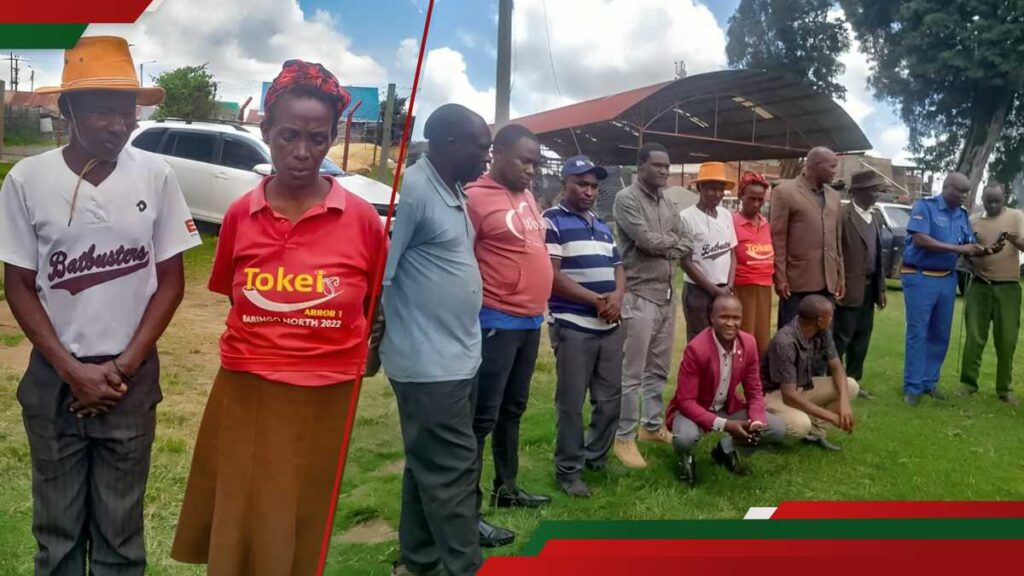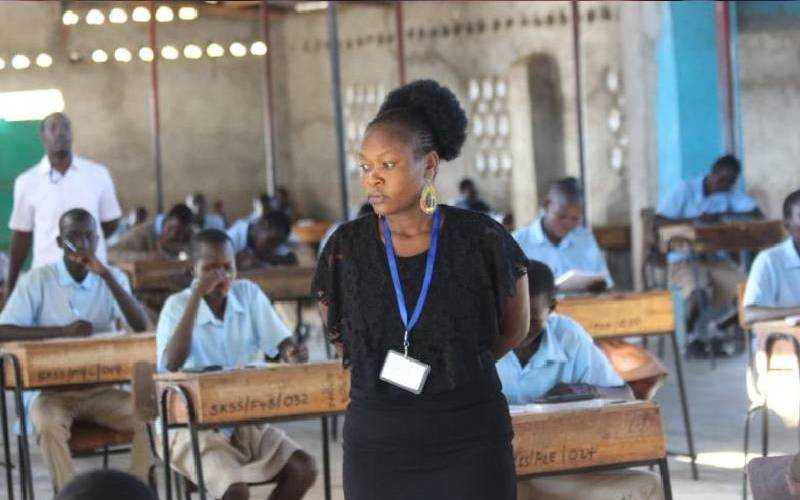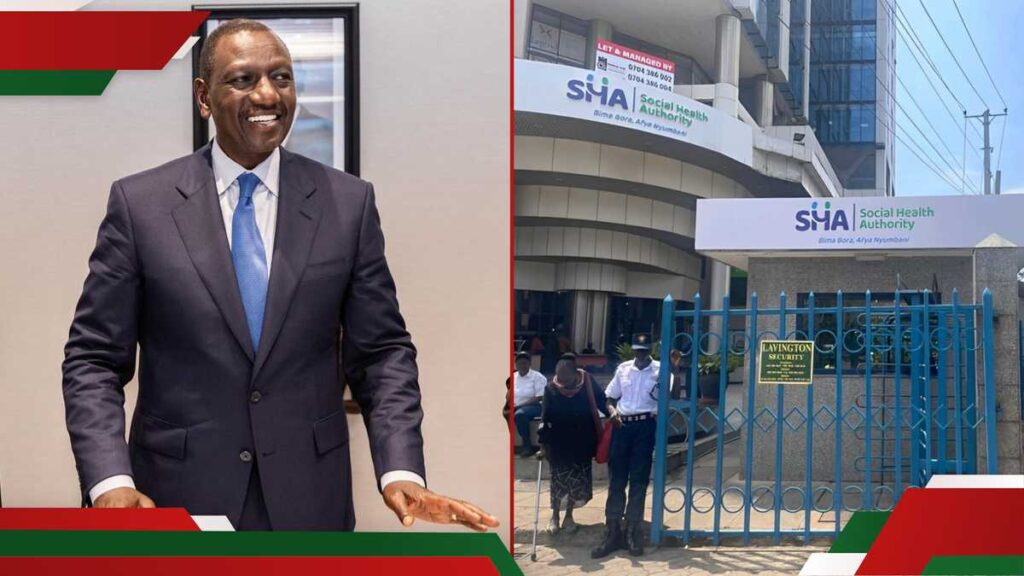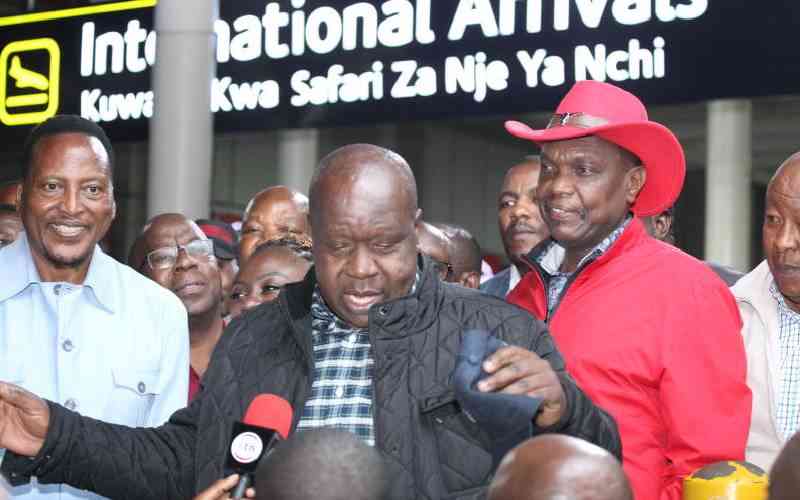Kenya is facing a worsening humanitarian and environmental emergency as climate extremes continue to batter communities across the country.
Stakeholders are warning that devastating mix of drought, floods, and disease outbreaks threatens millions of lives across the country’s Arid and Semi-Arid Lands (ASALs).
According to the humanitarian assessments, failed rains, rising temperatures, and recurrent flooding have deepened food insecurity, displaced families, and strained health systems.
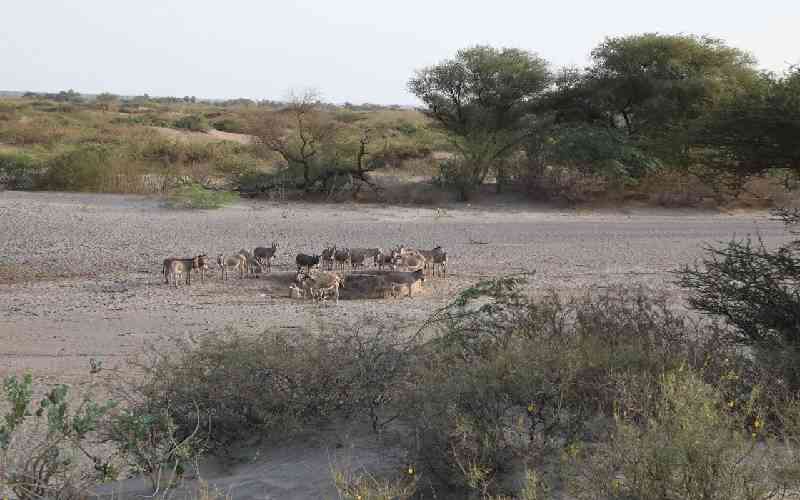
The ASALs, which cover 90 percent of Kenya and home to 16 million people, are reeling from disrupted cropping cycles, depleted water sources, and worsening food insecurity.
Following the El Niño-driven floods of late 2023 and early 2024, the failure of the October–December 2024 short rains has pushed communities already on the brink into deeper crisis.
By early 2025, drought conditions had intensified, with counties such as Wajir, Kilifi, and Kwale entering the “Alert” phase.
Forecasts predict below-average rains across ASALs, while parts of Turkana and the Lake Basin are expected to receive 35 percent above-average rainfall raising the risk of floods, displacement, and disease outbreaks.
Water scarcity has deepened dramatically, forcing families to walk long distances as rivers and pans dry up.
Livestock deaths have soared, eroding household incomes and food security. Cholera outbreaks and zoonotic diseases such as Rift Valley Fever and brucellosis are spreading across several counties, compounding health risks.
The health situation indicates that over 740,000 children under five are acutely malnourished, including 178,938 suffering from Severe Acute Malnutrition (SAM) and 562,946 with Moderate Acute Malnutrition (MAM). In addition, 109,462 pregnant and lactating women require urgent treatment.
The resurgence of cholera in Narok, southwestern Kenya, has seen 55 suspected cases, six confirmed, and five deaths, representing a case fatality rate of 9.1 percent. Meanwhile, humanitarian funding cuts have limited access to immunization, Vitamin A supplementation, and primary healthcare in remote areas.
In response, the Kenya Red Cross Society (KRCS) has stepped up relief operations, providing emergency shelter, food, water, sanitation, and hygiene services to affected households. But as the situation worsens, the need for expanded assistance has become urgent.
To bolster these efforts, the International Federation of Red Cross and Red Crescent Societies (IFRC) has launched an emergency appeal for 15 million Swiss Francs (approximately Sh2.125 billion) to support KRCS operations in the hardest-hit regions.
IFRC termed it “a complex emergency that goes beyond drought” saying families are grappling with hunger, water scarcity, health risks, and displacement.
Stay informed. Subscribe to our newsletter
An estimated 1.8 million people already require urgent food assistance (IPC Phase 3 or higher), with that number expected to climb to 2.1 million by early 2026. Of these, 179,000 people are in IPC Phase 4 (Emergency), particularly in Baringo, Mandera, Marsabit, and Turkana.
The IFRC appeal outlines urgent priorities across five key sectors water, sanitation and hygiene (WASH): Repairing and solarizing boreholes, trucking water to high-risk areas, and distributing hygiene kits to prevent cholera and other outbreaks.
Scaling up cash transfers, providing drought-tolerant seeds, supporting pastoralists with fodder and water, and expanding food assistance.
Deploying mobile health teams, treating malnutrition, and integrating mental health and psychosocial support.
Ensuring equitable access to aid and strengthening community feedback systems.
Providing displaced families with basic shelter and household items.
With 700 staff and 262,000 volunteers across 47 counties, KRCS continues to reach the most remote and affected communities. But officials warn that resources are rapidly depleting, limiting their capacity to respond effectively.
The IFRC said the new appeal builds on previous Disaster Relief Emergency Fund (DREF) operations and will enable KRCS to scale up life-saving and early recovery support to 300,000 people across health, nutrition, shelter, water, and livelihoods.
The resources will come a long way in addressing immediate needs of communities and also strengthen communities against future climate shocks.
